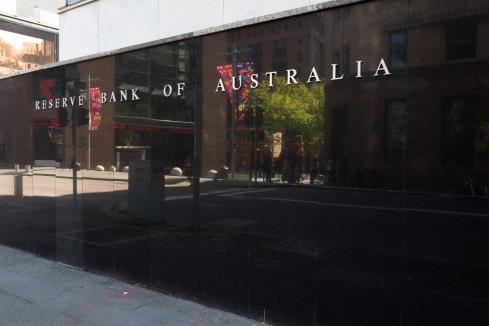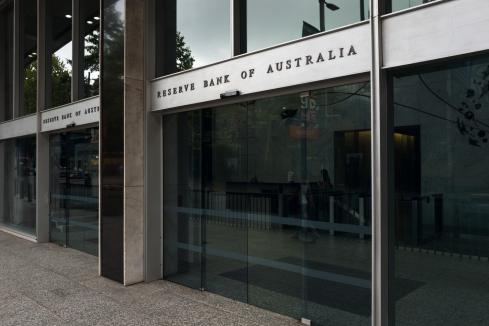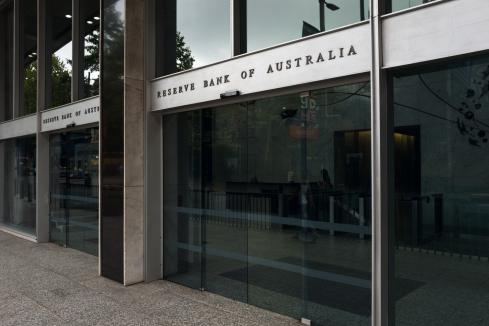A NUMBER of commentators have indicated their belief that the Australian economy will display a rapid improvement over the next few months.


A NUMBER of commentators have indicated their belief that the Australian economy will display a rapid improvement over the next few months. This has led them to the view that there is no further need for the RBA to cut rates further.
This is a view not shared by Shane Oliver, chief economist and director of Investment Strategy at AMP Henderson Global Investors group,. His view, and that of AMP Henderson Group, is that the RBA needs to do a bit more work. They expect that over the next few months the cash rate (currently at 5 per cent) will need to fall to 4.5 per cent or even lower.
They are generally in agreement with the RBA that a domestically sourced slowdown in the housing sector was the key factor in the downturn that we have had to date.
They also agree that once this has passed, growth would improve again Australia’s overall position is better than that of the US. We have got the aftermath of an asset price bubble to deal with.
Our capacity is not being stretched to excess as a result of an artificial boom. Our corporate and bank balance sheets are in relatively good shape and our trade balance is improving rapidly (as evidenced by the latest trade figures).
These factors are as follows. Firstly, we in Australia are yet to see the impact of a slowdown in global growth. As indicated above, the RBA and AMP Henderson agree that the slow-down has been domestically driven. Exports, however, have been booming.
Secondly, there is more bad news to look forward to, in terms of the domestic economy. The ANZ job advertisement series fell by another 7.9 per cent in March following a fall of 10 per cent in February.
If the employment figures continue to track along these lines then a loss of between 50,000 to 75,000 over the next six months will see the unemployment rate rise to around 7.5 per cent to 8.5 per cent.
Additionally, we have seen the latest Dun and Bradstreet survey indicate that business expectations are not for a strong rebound in the next few months.
The only way in Dr Oliver’s view to counteract the impact of this on public confidence will be via further interest rate cuts. The AMP Henderson group has a model called “Cash Rate Leading Indicator” which provides a good guide to the future direction of the RBA’s cash rate. This is a proprietary indicator of five economic variables, which AMP Henderson have found to consistently lead the direction of cash rates by about 12 months.
Reflecting the weakness in the variables Dr Oliver talks about, it is continuing to point to further monetary easing by the RBA.
Interestingly, if the cash rates fall to 4.5 per cent or below, that will be the lowest rate of short-term interest since 1972. But, put in the perspective of the era and the inflation rates of the time this is not unexpected.











